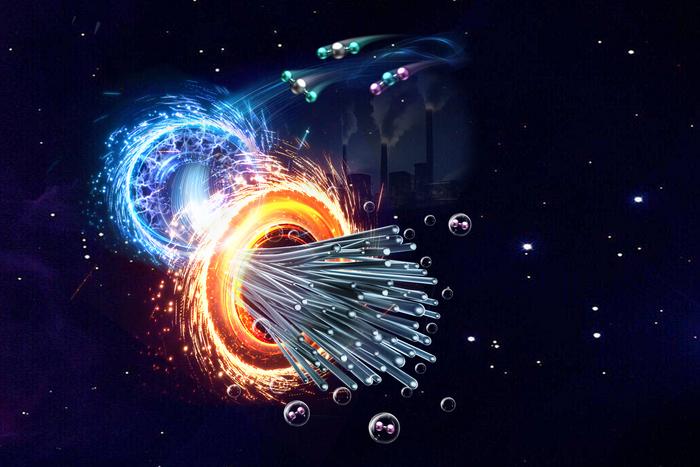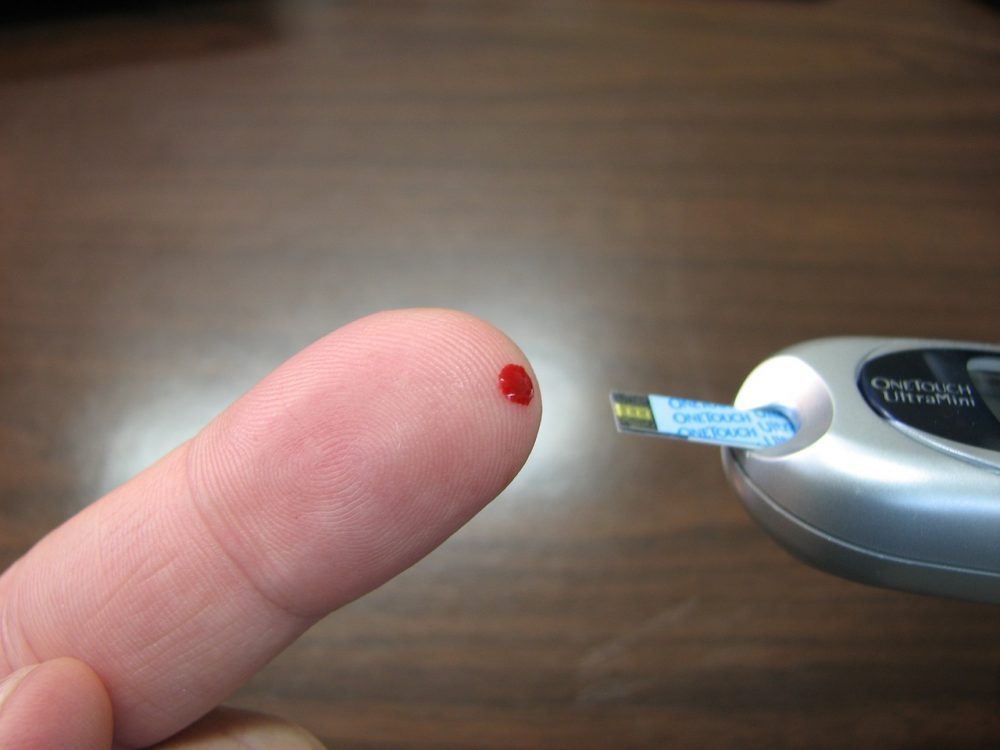In March 2012 James Cameron piloted the “Deepsea Challenger” into the Mariana trench – deepest point in Earth’s oceans – diving 35,756 feet (10,890 meters) to a depth greater than the height of Mount Everest. This dive signaled a new age of deep-sea ocean exploration.
Due to historic breakthroughs in material science and new approaches to structural engineering it is now possible to imagine vehicles exploring deep ocean reaches for several hours at a time dramatically longer than anything that has been possible before. The primary challenges are extremely high pressures, low temperatures and a total absence of sunlight.
Designing and engineering research vessels to reach the ocean bottom is an ongoing challenge.
Industrial designers Caan Yaylali and Sebastian Campos, for example, have taken a page out of nature’s book and designed a submarine that is shaped like a giant manta ray. The primary purpose of their vessel is to document deep sea and plant life in 3D.
The GhostManta, still in the design phase, is 25 feet long and 21 feet wide at the wingtips and weighs 5,300 pounds. Built in 3D cameras film the environment in a 360° radius creating a complete representation of their surroundings. Cameras are protected by glass shields which allow HD quality recording without distortion. There are five camera pods: two in the front to in the rear and one at the bottom.
A glass dome located under the camera control staff provides a great view allowing crewmembers to easily navigate their environment while 3D recording is underway. Intakes are powered by noiseless electric engines that provide propulsion to the vessel. Powerful headlights allow the vessel to navigate in deep dark trenches.
Stabilizing wings and the tail rudder control movement of the vessel. The tail rudder moves horizontally and the stabilizing wings act as plain flaps and control inclination or declination. Handles built into the wings allow divers to hang on while the submarine is diving. The cockpit window slides open allowing the driver and the gunner easy access to the cockpit.
The charger plug is the only way to charge the vessel. The lid is comprised of two inch-thick glass and is tightly sealed shut.
GhostManta’s creators are seeking investors. For more on James Cameron and the “Deepsea Challenge” visit here.






